In a boost for the Northern Territory as part of a $8 Billion expenditure over the next 10 years, the Australian Government plans to invest $110 mil at RAAF Base Tindal as part of project AIR7000 Phase 2B – Maritime Patrol Aircraft Replacement Project.
New facilities designed to support the Northrop Grumman MQ-4C Triton Un-manned Aerial System (UAS) operations will be constructed including Aircraft Pavements and Shelters, communication (antenna farms) and support infrastructure (refuelling), and also secure administative annexes. After completion RAAF Base Tindal will be capable of fully supporting the primary operations of the Triton out of RAAF Base Edinburgh, S.A.
With the Northern Territory an important forward defence location for Australia, Minister for Defence, Senator the Hon Marise Payne announcing recently – “These facilities works will be tendered in a way that will ensure that Northern Territory businesses are best placed to succeed in delivering these facilities,” Minister Payne also said “The successful prime contractor will be required to implement a Local Industry Capability Plan (LICP) that will ensure small-to-medium businesses in the Northern Territory have the best opportunity to compete and win work.”
Senator for the Northern Territory, Senator the Hon Nigel Scullion – “This is another demonstration of our commitment to Australia’s long-term national security, and our commitment to supporting Northern Territory business.”
The RAAF Triton is based on a US maritime variant of the RQ-4B Global Hawk and will be tasked with providing broad area real-time maritime Intelligence, Surveillance and Reconnaissance (ISR). ASO photographer Motty recently captured the USAF version on a visit to ADEX Korea, a surprisingly large unmanned aircraft with a wingspan just shy of 40m.
These aircraft types are commonly referred to as an Unmanned Aircraft System (UAS) – that is, a remotely piloted aircraft. Although having many autonomous functions, it requires ground-based team – command (Pilot) and control mission planners and one or more Sensor Operators to operate and collate the information during each specific mission.
On extended flights , while the aircraft crews are able to be rotated to minimise fatigue, the Triton continues it’s mission. The launch and recovery from runways is performed by the crew but long legs on pre-programmed missions are often only monitored unless required to be altered or interrupted by human input. An example would be the warranted investigation of a unknown or suspicious target, or in the case of SAR misssions, the discovery of a vessel or surface debris.
The MQ-4C Triton will fly in conjunction with Royal Australian Air Force P-8A Poseidons, performing the high altitude (17,000m+) long endurance (HALE) mission, complimenting the ADF’s existing suite of sophisticated intelligence collecting systems. In addtion to ISR, Signals Intelligence, Communications Relay, and with a flight endurance up to 30 hours and approximately a 15,000km range, the Triton can be tasked with extended Search and Rescue (SAR) missions anywhere within Australia’s Economic Exclusion Zone, and beyond if necessary.
The Triton will supplement the capabilities of the new Boeing P-8A Poseidon from 11 SQN, also based out of RAAF Edinburgh, and replace many of the functions performed by the retiring Lockheed AP-3C Orion. It will have the capacity to communicate and exchange data with the RAAF’s other airborne eyes and ears, such as the Boeing E-7A Wedgetail from 2 Sqn based at RAAF Base Williamtown, and is expected to be compatible with future Airforce purchases such as the Gulfstream G550 ISR&EW special mission platform or even the project AIR7003 contenders, IAI Heron TP or General Atomics’ MQ-9B.
The six MQ-4C Tritons are scheduled for delivery mid-2023, with initial operating capability (IOC) 12 months later, and full operational capability (FOC) is expected by mid-2025.
In 2017 the RAAF’s 5 Flight retired the much smaller leased IAI Heron which paved the way for unmanned surveillance aircraft operations in the ADF – see ASO Editor Leigh Atkinson’s article on the Heron remotely-piloted aircraft systems (RPAS) in RAAF use here http://aviationspottersonline.com/raafs-thin-end-of-the-wedge/
With UAS to become a commonplace intelligence and/or offensive assets in the modern battlespace, many air forces are introducing them into their inventory. A recent announcement by the British Govenment (RAF) to deliver their first Protector RG Mk.1 Piloted Air System (RPAS) in a Trans-Alantic flight during July, the Chief of Staff Capability, Air Vice-Marshal Rochelle announced, “The first trans-Atlantic flight of the Protector reinforces the Royal Air Force as being at the forefront of cutting edge technology. Offering over 40 hours’ endurance Protector will provide the RAF with unrivalled intelligence gathering possibilities. The decision to expand our Remotely Piloted Air System (RPAS) fleet with this world leading aircraft will offer a game changing leap in capability and marks the next step in our modernisation in our 100th year.” This will be the first RPAS of it’s class to in operational use over the UK. The Royal Air Force will have the Protector on display at the Royal International Air Tattoo 2018.
As with all new acquisitions they will be phased in but we may get to see the real deal in a few Avalon’s time.
Cheers.. Sid Mitchell






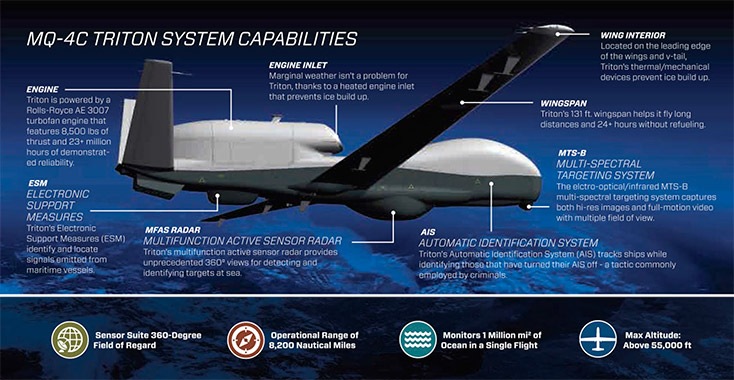
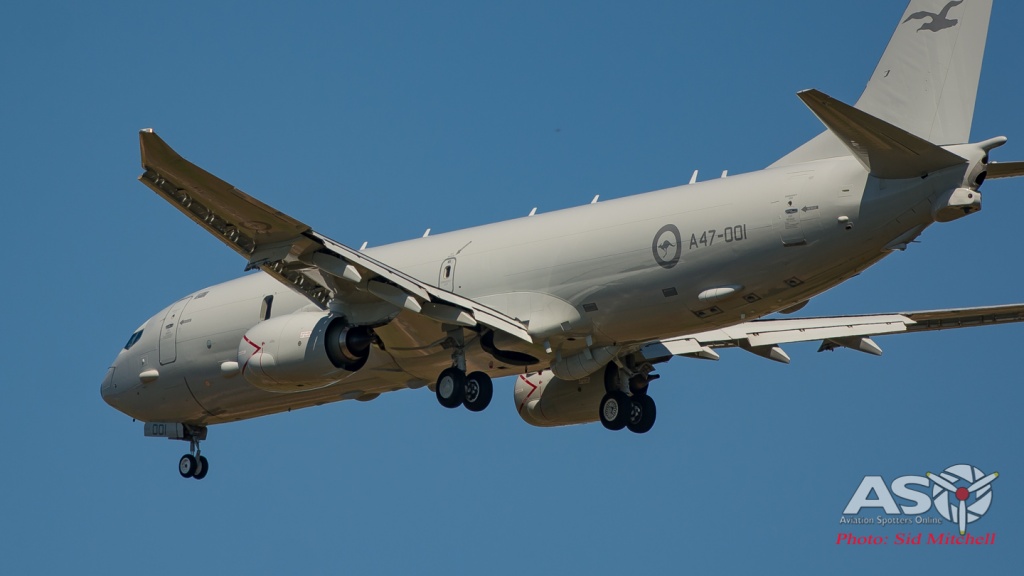
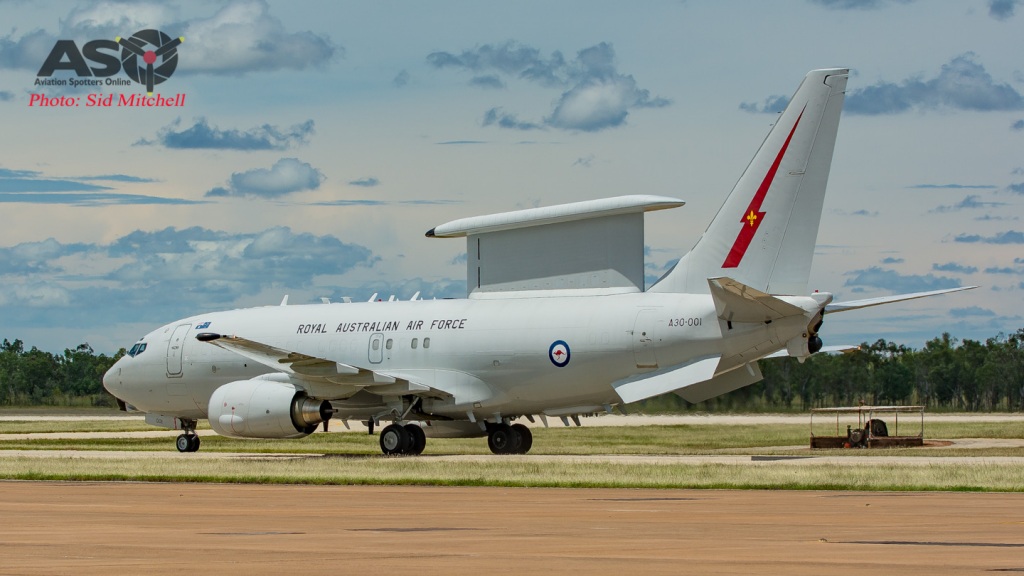
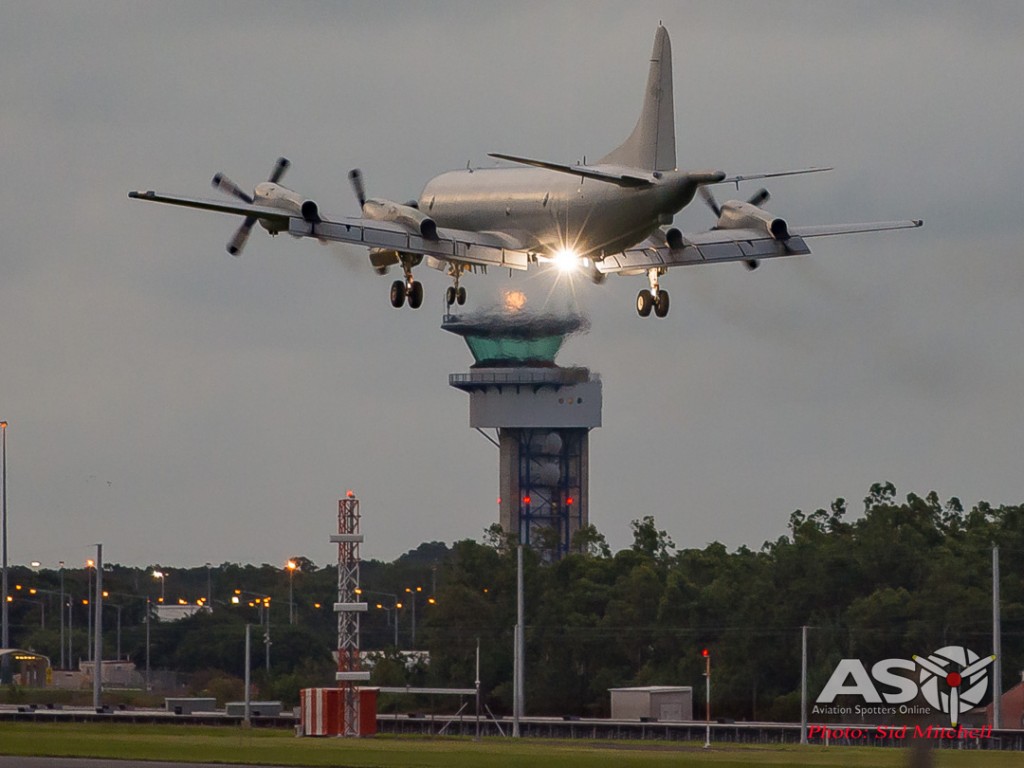

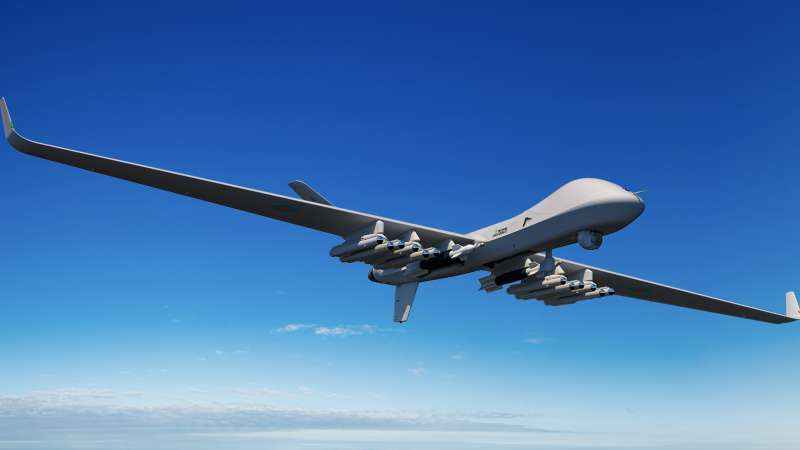


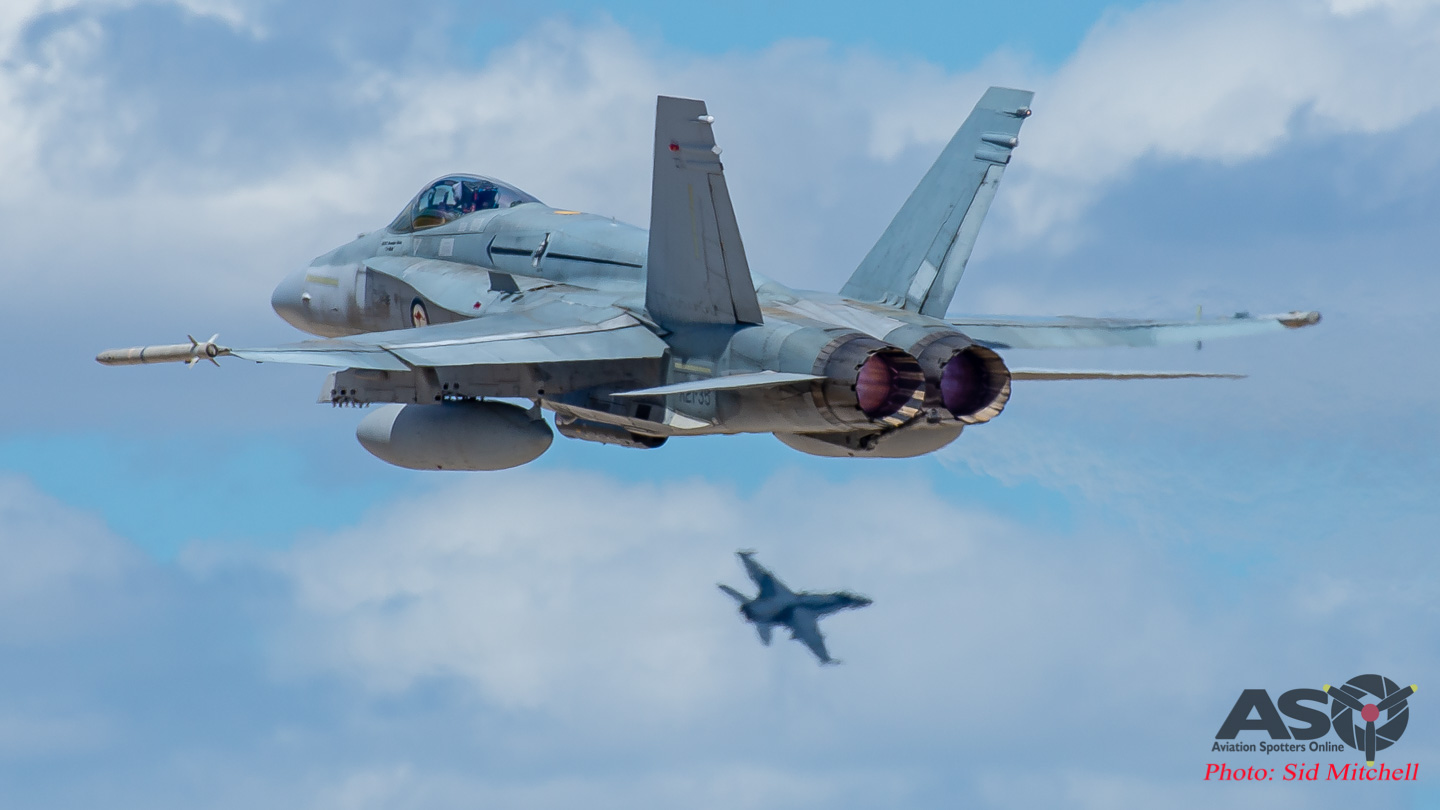





Dear Sid and Aviation Spotters On line. I am both impressed and disturbed by the way aviation is going. I accept that these machines are efficient war devices but, being and old Luddite, I find it hard to like the concept. I saw the examples at the Avalon Air Show in 2017 and I am forced to admit that I am still tied to the romantic thoughts of pure flying machines. Being an old CPL almost ready to pop my clogs & past my YB D, I still find that I am drawn to Cl=1/2 Rho V2 S. I’d better go back to bed before the night nurse comes and finds that I am out and about.
Hi Bevan, I guess as technology advances in leaps and bounds these days it is more a case of reducing risk to aircrews by substituting or having the control functions performed remotely by those out of relative harms way. Technology in the civillian sector has made air travel so much safer considering the amount of passenger miles flown globally each year – stagering compared to just 30 years ago. But nonetheless there will always be a romanticism about past days of aviation, and so there should be, as it is aviation history that we should be remembering. I think it would be hard to find an aviation fan that would walk away from seeing and old radial engine fire up at an airshow, or watch a warbird display. Don’t let it become a FD = cD 1/2 ρ v2 A but admire the technology while remembering those days of classic aviation. And watch out for Matron – she has a stare that would melt an iceberg. Cheers..Sid